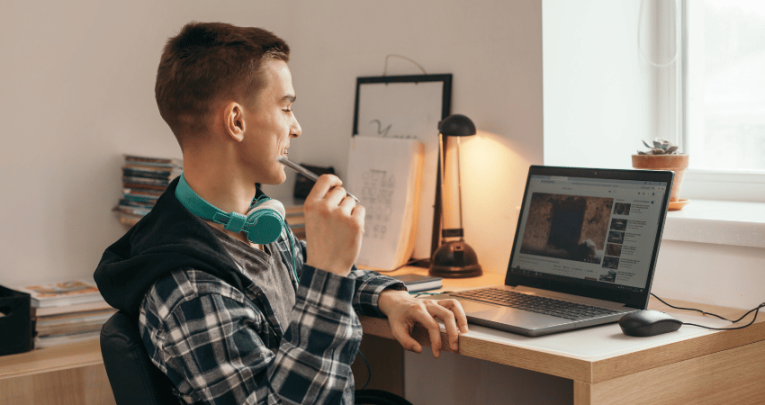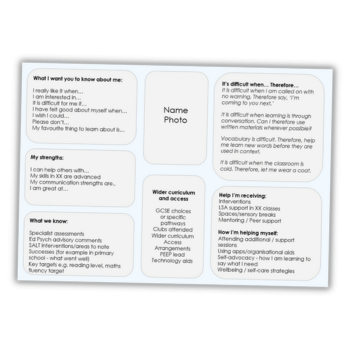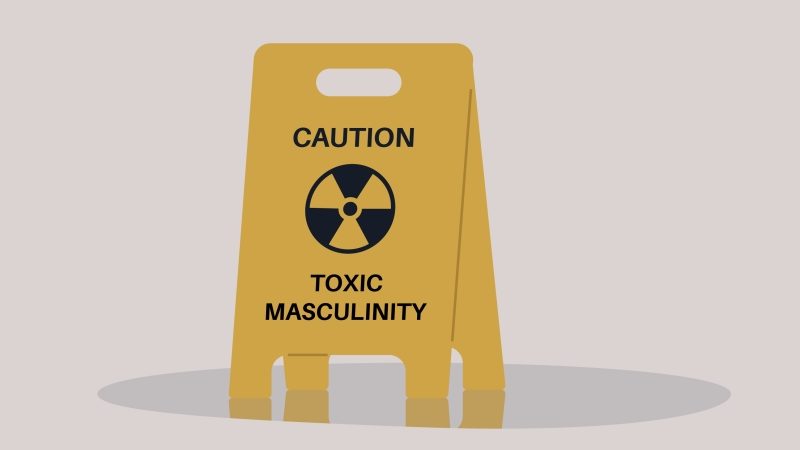Flipped learning – Meaning, benefits and ideas to try

Could flipped learning be the key to unlocking more productive, student-centred lessons?

- by Teachwire
- Classroom expertise and free resources for teachers

What is flipped learning? What are the benefits and challenges? Join us as we explore this potentially transformative teaching technique…
What is flipped learning?
Flipped learning is an instructional approach that reverses the traditional model of teaching. Instead of introducing new concepts during class time, students engage with materials – such as videos, readings or interactive modules – at home.
You can then use class time for deeper exploration, such as discussions, problem-solving, and applying knowledge in practical contexts.
This model shifts the focus from passive listening to active learning, giving teachers more opportunities to support students individually and encourage collaboration.
Flipped learning isn’t a wholly new idea. In fact, it’s been simmering as a potentially popular approach to teaching for a decade or so, popularised by the famous Khan Academy.
Benefits of flipped learning
A common misconception of flipped learning is that having students learn core knowledge at home means that teachers barely have to do anything in class.
In actual fact, you may find that you’re considerably more active in lessons after employing flipped learning. You can review students’ work, examine what they’re doing and oversee class conversations that explore topics at a deeper level – all because you’re no longer battling the time constraints of your lessons.
For students, flipped learning promotes active engagement and encourages independent learning, as they can absorb new content at their own pace before class.
It can also increase confidence by giving pupils time to process concepts at home and come to class prepared with questions.
This method is especially beneficial in diverse classrooms where you need to accommodate varying learning speeds.
Problems with flipped learning
Creating high-quality, engaging materials for flipped learning can be time-consuming, adding to teachers’ significant workload.
Additionally, not all students have equal access to technology or a supportive home environment, which can lead to disparities in learning.
Some students may struggle with the self-discipline needed to engage with the material independently, making classroom discussions less effective if they haven’t done the pre-class work.
You may also find it challenging to track which students are engaging with flipped learning, leading to a reliance on trust that your students are fully prepared for the in-class activities.
If the flipped learning materials you’ve selected don’t quite hit the mark, misconceptions may take root, which you’ll then need to unpick.
If it’s going to outweigh the proven benefits of direct instruction, flipped learning needs to be planned very carefully.
Thanks to Alex Quigley, director of Huntington Research School, York, for his help with this article. Alex is author of Closing the Vocabulary Gap, published by Routledge.
Five simple ways to try flipped learning
Teacher Neil Jarrett explains five simple ways you can flip your classroom…
1. Record yourself teaching
In my class I have some very able maths students. Sometimes, if they already know a strategy, they will need to be taught an entirely different lesson. This can often be difficult to do, but flipping the classroom makes it much more manageable.
First, I pre-recorded myself teaching how to construct graphs from equations:
The able children watched the video on iPads at home. The following day, whilst I was teaching the start of the lesson to the rest of the class, the more able group went to the back of the room and set down to work independently.
They were able to re-watch the video during the lesson to recap the learning if they needed to. I went over to support them later on in the lesson – not that they actually required much help, though!
2. Watch an educational video
Send the children a link to an educational video. You’ll find countless brilliant ones on YouTube. Ask children to watch it in their free time before a certain lesson.
By the time that lesson rolls around they will already have learnt a significant amount of knowledge. This allows you to get straight on to questioning them and completing activities.
I recently asked my class to watch this excellent TED-Ed video about levers. The lesson itself then consisted of further investigation into how and why levers worked.
3. Set research homework
Sometimes there’s just not enough time to accomplish everything you want in a lesson. Flipped learning is a great way to get around this.
In an art lesson, for example, I asked my students to research ways to tessellate. They were brilliant, and all came back the next day with the correct knowledge.
This meant that there was time for a quick input on colour and line-work. They could then get straight on with the art.
4. Set a real-life challenge
Flipped learning can be as simple as asking your students to bring in something from home. For a maths lesson about measures, a colleague of mine asked his students to look at the food products in their kitchens.
They had to study the labels and then either take photos of them, copy them down, or bring the product itself in to school. Doing this meant they that were well-prepared for the lesson ahead.
5. Record an ‘expert’ colleague
As teachers, we have to admit that we’re not as strong in certain areas as we are in others. I recently had to deliver a lesson about the heart for our healthy bodies science topic. I decided to ask a colleague at a local secondary school to do a heart dissection for my class.
He did so, and I recorded the lesson live on Facebook. The students could watch the heart being cut there and then in front of them. They could also see real-time close-ups via the live video playing on their iPads.
Next year I’ll be able to ask the students to watch a heart dissection video for homework first. I’ll use that to really focus their subject knowledge about the heart in class.
In conclusion, I would recommend flipping your classroom for the following reasons:
- It saves time and allows for more questioning, support and activities
- The students can come to lessons with valuable prior knowledge
- The children often don’t see flipped classroom activities as ‘homework’ – I’ve heard many comment that they liked them
- Misconceptions can be tackled quickly – if your pupils find the subject area difficult, they can tell you straight away
Neil Jarrett is a Year 6 teacher at an international school in Bangkok and a Google Certified educator. He blogs at #Edtech4Beginners and tweets as @EdtechNeil.
Case study: Using flipped learning in the classroom
Faced with too much course material and pushed for time in lessons, Dave Hillyard adopted a flipped classroom approach and never looked back…
Lacking the time to teach the entirety of my course specification, one of my goals was to gain time in lessons.
I needed a way of removing the time-consuming process of imparting knowledge in lessons and, instead, using that time for richer activities.
Creating videos
From my research into flipped learning, I discovered that the way to do this was to ask students to watch videos outside of lessons that covered the relevant material. The consensus seemed to be that these videos should be around 12 minutes in length.
The key to producing the videos successfully was to remove the material that was less important, so that’s what I did.
After closely studying the specification, picking out the most essential areas, analysing some sample exam questions and reappraising the textbooks, I was eventually able to boil the material down to the most important details, and capture the substance of these in a snappy way while still retaining the wider context.
Interestingly, I found that the process of producing the videos wasn’t actually all that difficult. When it’s just you alone talking into a microphone, you end up saying a lot less than when you’re stood in front of a class of students.
Note taking
Once the students started using the videos, I immediately observed how they now remembered those important details and struggled to recall less crucial material, which felt very gratifying.
However, as I quickly learned, just solely watching the videos wasn’t quite enough. Apart from anything else, I had no way of confirming whether they were actually watching the videos or not. I simply assumed they were, which, on reflection, was perhaps naïve.
“Just solely watching the videos wasn’t quite enough”
The answer to that problem came from another school that liked what we were doing and had opted to pursue a flipped classroom approach of their own.
They recommended teaching the students how to use the Cornell note taking approach, and taking appropriate notes in their exercise books while watching the videos.
The final touch for me was to add visual cues within the videos themselves for students to pause the playback and take notes before resuming.
That way, the students could return to class with beautifully written notes that demonstrated a consistent level of baseline knowledge.
This not only gave me a way of monitoring whether the students had watched the videos – they either had notes to show me or they didn’t – but also fostered a deeper level of engagement with the material.
Flipped learning advice
I’d advise any teachers interested in implementing flipped learning to anticipate a bumpy ride for the first few months.
Once past that, however, you’ll be able to dispense with lengthy recalls of knowledge at the start of the lesson, thanks to the established baseline knowledge students will arrive with.
At a stroke, you’ll have accelerated your lesson and levelled the knowledge playing field, while giving yourself time and space to focus on students’ questions regarding the material they’ve watched and address any misconceptions.
If anything, the approach can almost leave you with too much time in class, affording opportunities for engaging activities you might have previously had to cram into 20 minutes during the latter half of a lesson. You’ll have time to spend with individual students that you didn’t have before.
Dave Hillyard is a computer science teacher and co-founder of Craig ‘n’ Dave, best known for its computer science videos on YouTube.







